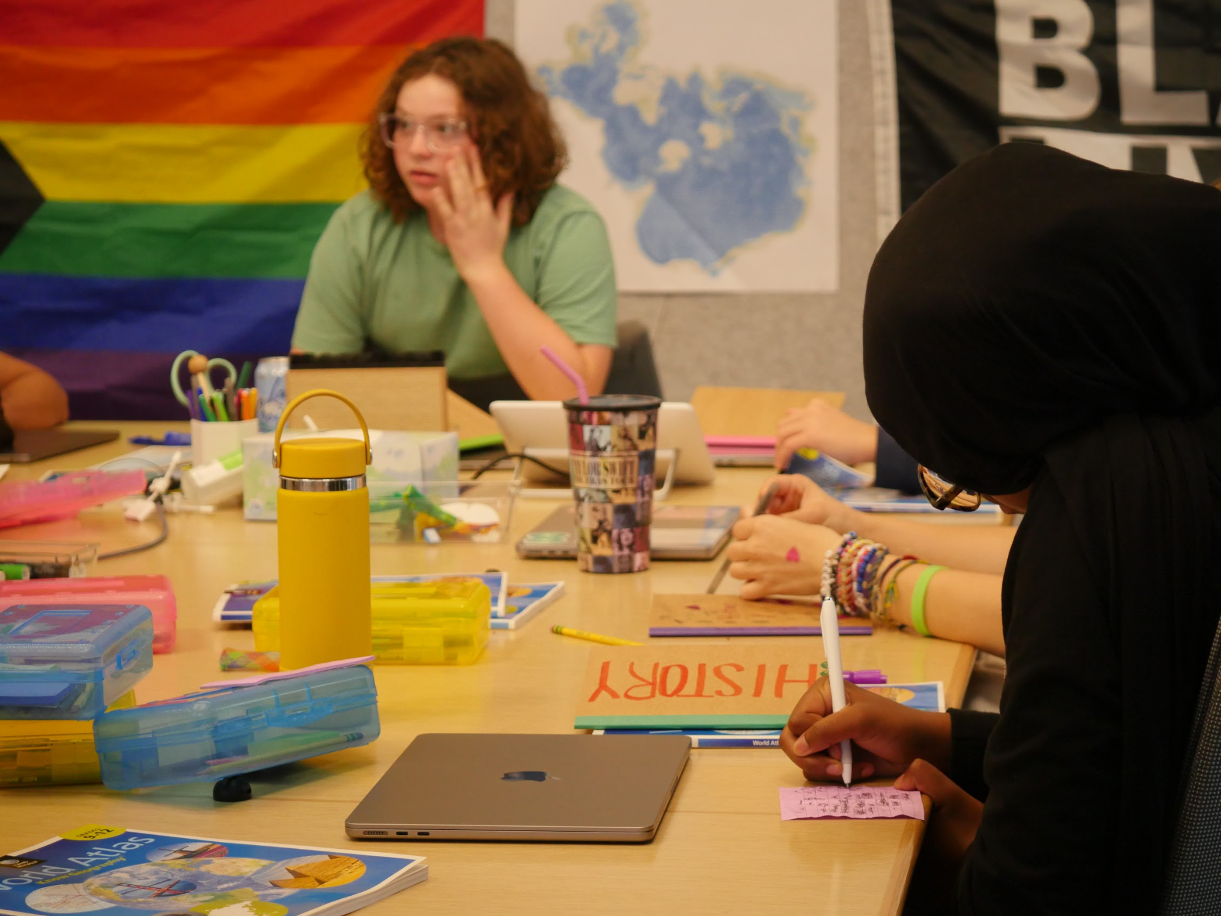“It seems like Europe just got in a big war with itself, because Europe had conquered almost the entire world, so then everyone got involved.”
9th Grade Historians are studying World Wars I and II as part of a larger exploration of the essential question: Why do people fight? Last week, students briefly studied the Emu War in Australia, connecting WWI and the Great Depression to its causes and impacts. They listed all the reasons they can think of that people fight—fear, resources, land, ignorance, anger, survival, ego, and more. As they turn their attention to the World Wars in greater detail, they are looking for these reasons in the context of the rich and complicated set of events leading up to World War I.
This week, they read three new articles about the events leading up to the first World War, taking notes and discussing the causes they could identify, as well as making connections to their own prior knowledge. They then mapped the countries involved (color-coding the Central Powers, Allied Powers, and Neutral but Important Countries) and used various symbols and lines to depict the articles’ content in visual form: Their teacher said, “When it looks like a messy spider web, you’re on the right track.”
People think there is only one ‘world history’ but it’s only individual experiences that become collective ideas. And where and who you are means you have a different world history. So there isn’t just one. I’m realizing that this year.
They completed their initial analysis and research for the causes this week and will turn their attention soon to the Treaty of Versailles and League of Nations. Throughout the week, they also contributed to the class’s overall timeline of events, which includes world events alongside personal and family history events. (Did you know members of our Class of 2027 have relatives who started the first aerospace lab in India? Or who have been updating a written family record every 30 years since the 1600s?) As they zoom between the personal:worldwide, and the near:far-away, our students build the skills of practicing historians (researching, mapping, interpreting, claim-evidence-reasoning, and more). They gain fluency both in the world events that are still rippling through our physical, economic, societal and political landscapes today, as well as in understanding how different perspectives shape what “history” means.
“People think there is only one ‘world history’ but it’s only individual experiences that become collective ideas. And where and who you are means you have a different world history. So there isn’t just one. I’m realizing that this year.”

